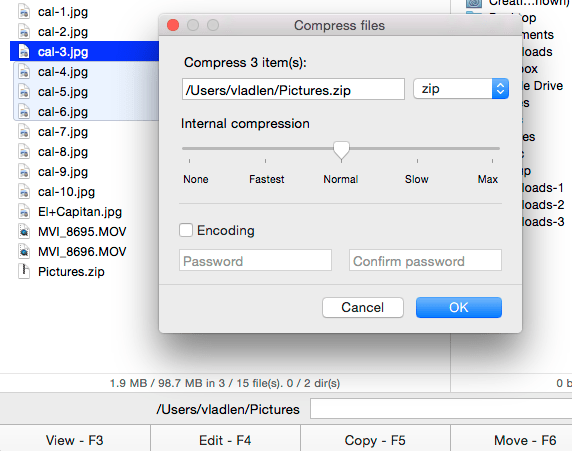



As it’s proprietary, it shouldn’t be used for archives which are intended for use on non-Apple platforms. The latter is preferred as it normally compresses as well as zlib level 5, but both encoding and decoding are more energy-efficient and considerably quicker. It supports four built-in methods: LZ4, LZMA, zlib and Apple’s proprietary LZFSE. What’s different about Big Sur is that compression methods which were previously only available to Apple, and have been used in its software updates, are now accessible to third-party developers. It’s well-documented, with example code that actually works straight from the Clipboard, and I’ve been exploring what it has to offer.ĪppleArchive is described in Apple’s developer documentation, and parts of it have already been implemented in Catalina. You won’t find any mention of it in Big Sur’s marketing features, nor can I find it in any of the presentations given at WWDC this year, but macOS 11.0 brings AppleArchive, new system-level support for compressing and decompressing files.


 0 kommentar(er)
0 kommentar(er)
